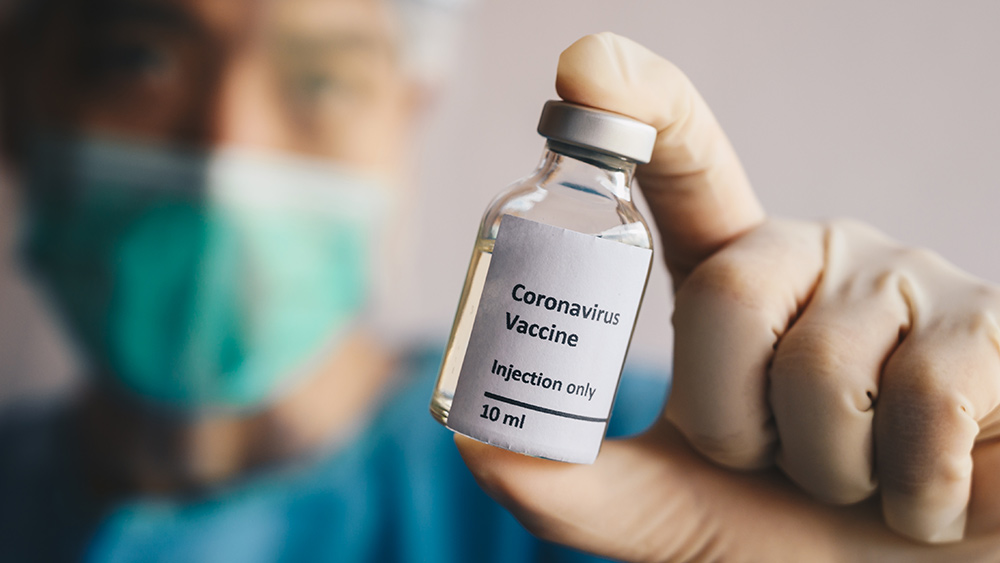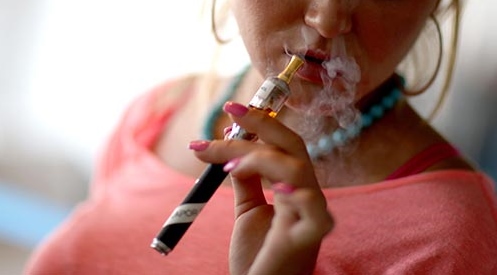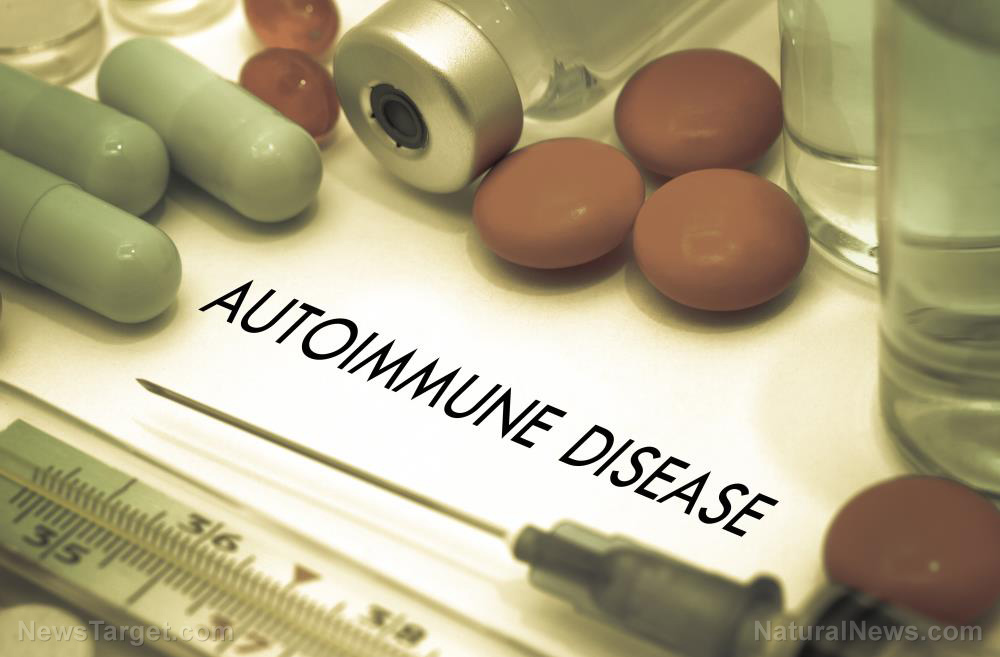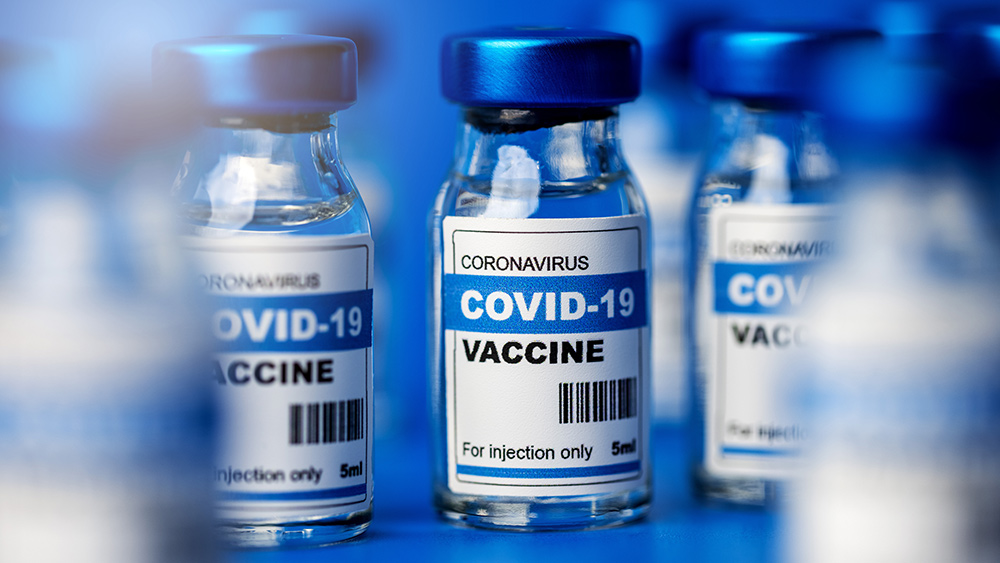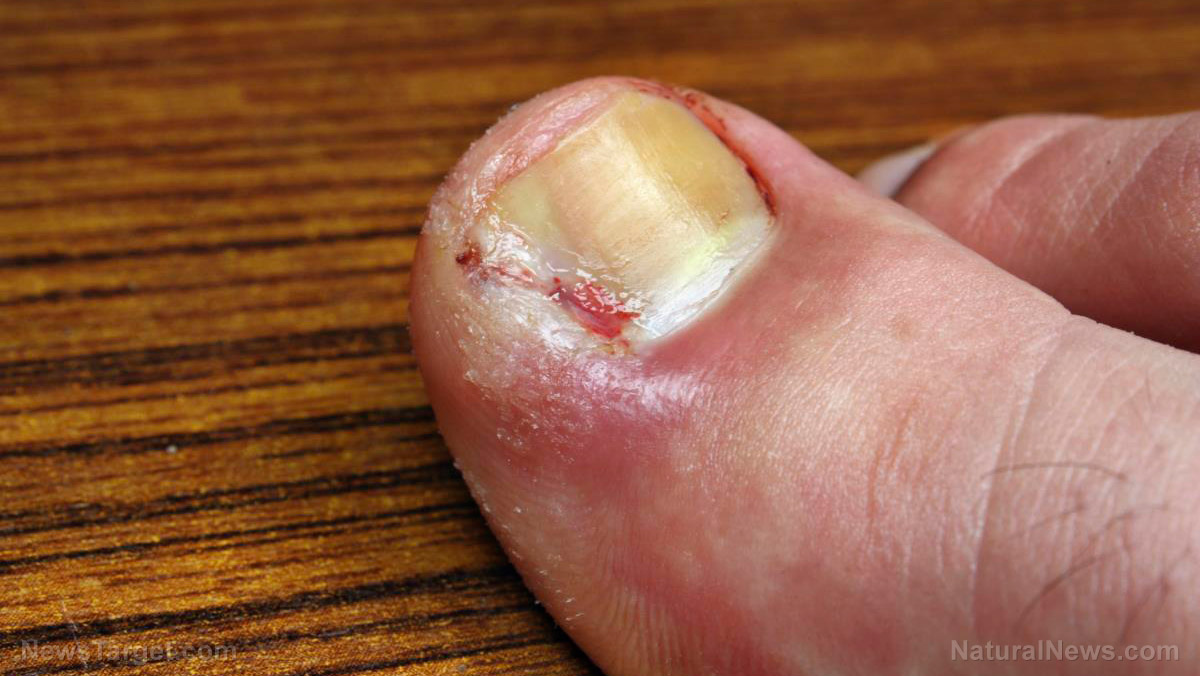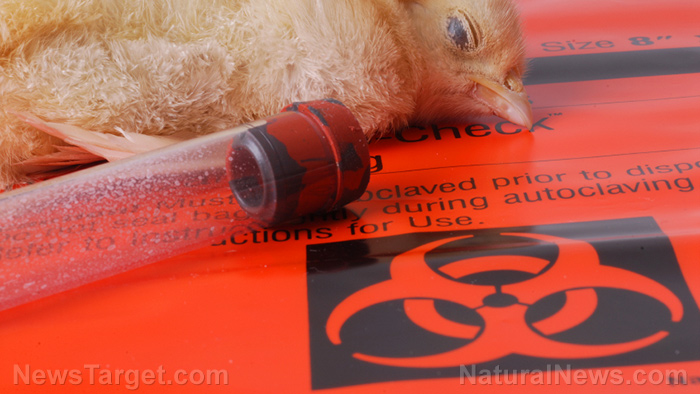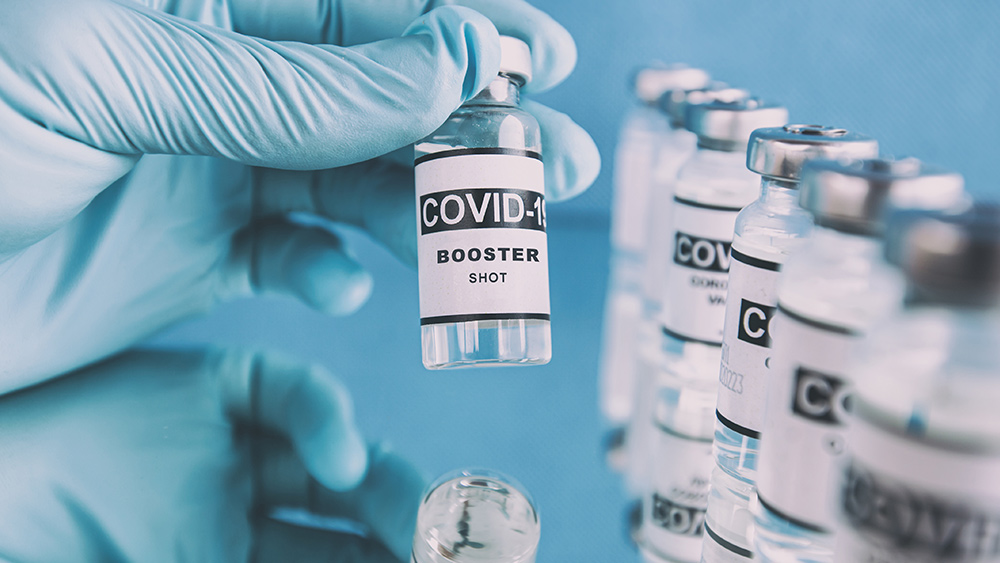A hidden health crisis: Mold infestations fester in homes after natural disasters as families wait years for aid
11/26/2025 / By Cassie B.
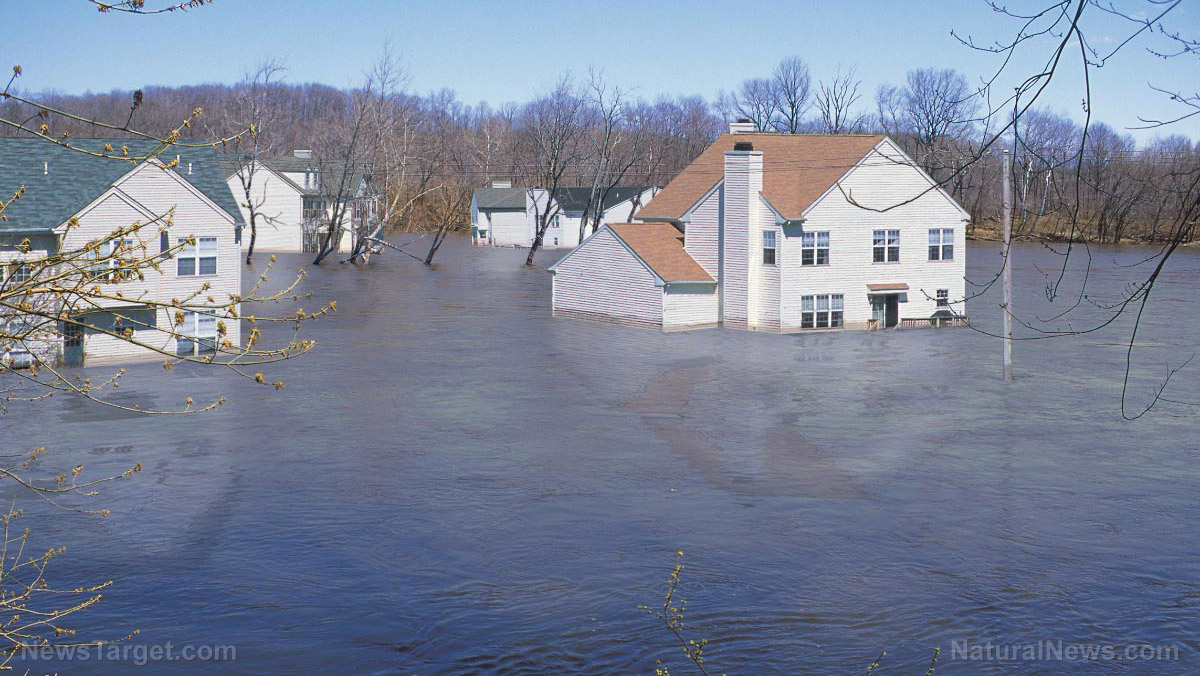
- Toxic mold infestations surge in homes after floods and storms.
- Mold growth can begin within 48 hours of water exposure.
- Health impacts range from asthma flare-ups to severe neurological damage.
- Remediation costs are prohibitive, and government assistance is critically delayed.
- Many families are forced to choose between living in toxic homes or homelessness.
While hurricanes and floods dominate headlines, a more insidious crisis emerges when waters recede: toxic mold infestations that threaten millions of Americans in their own homes. With 47% of U.S. residential buildings already containing mold or dampness, natural disasters create the perfect breeding ground for a public health emergency that leaves families trapped in hazardous conditions while waiting years for assistance.
Danae Daniels discovered this nightmare firsthand when she returned to her off-campus apartment after severe storms swept through Tallahassee. “There was mold in my bedroom, on my bed, mold in my expensive purse,” Daniels said. “Mold in my closet, my bathroom—literally everywhere.” Her experience mirrors thousands across flood-prone regions where moisture intrusion triggers rapid mold colonization.
The science is unequivocal about the timeline. “If any part of a home is exposed to flooding or leaks and is not fully dried within 24 to 48 hours, mold growth is almost certain,” said Parham Azimi, a research associate at Harvard T.H. Chan School of Public Health. This rapid growth affects not just coastal communities but inland areas like the North Carolina and Tennessee mountains that experienced massive flooding from Hurricane Helene.
Health impacts mount
The health consequences range from congestion and asthma flare-ups to severe neurological damage, liver disease, and kidney dysfunction. Research presented at the American College of Allergy, Asthma and Immunology shows post-storm hospitals witness a nearly twofold increase in diagnoses related to mold exposure. Individuals with asthma face a 2.16 times higher mortality risk when mold counts exceed 1000 spores/m3.
Lauren Lowenstein’s family endured five years of declining health before discovering toxic mold growing inside their walls. “The mold wasn’t visible, and we had no indication that it was growing,” Lowenstein said. Her family vacated immediately and had to start over, joining countless others facing similar invisible threats.
Remediation costs present another barrier. Professional mold removal can cost thousands of dollars, potentially reaching as much as $30,000 in severe cases. For low-income families, these expenses are insurmountable, forcing impossible choices between financial ruin and health risks.
Government failure compounds crisis
Government assistance programs fail to provide timely relief. A 2019 review found the Community Development Block Grant Disaster Recovery program began distributing funds to applicants an average of 20 months after the initial disaster. This bureaucratic delay leaves families in limbo, exposed to continuous health hazards.
Tanya Locklear experienced this failure after Hurricanes Matthew and Florence damaged her Pembroke, North Carolina home. She applied for assistance in August 2021 but didn’t receive approval until November 2023. Repairs began in February 2024, which was more than two years after her application. During the wait, her family suffered headaches, nose bleeds, and breathing difficulties while remaining in the contaminated home.
The Reverend Mac Legerton, founder of the Robeson County Disaster Survival and Resiliency School, sees these delays as systemic failures. “In many cases, families are left to choose between living in unsafe conditions or homelessness,” Legerton said. His organization created a “mold busters” program to provide free remediation services and training, filling gaps left by government inaction.
Effective solutions exist but require proactive implementation. HEPA filters remain most effective in removing airborne particles, including allergens and fine particulate matter, while activated carbon filters effectively remove volatile organic compounds and odors. Yet these interventions remain out of reach for many families struggling with post-disaster recovery.
The mold crisis represents a fundamental failure in how America handles disaster recovery. While natural disasters capture national attention, the lingering health threats festering in water-damaged homes receive an inadequate response. The mold crisis exposes a fundamental truth: disaster recovery that ignores invisible, long-term health threats is not recovery at all.
Sources for this article include:
Submit a correction >>
Tagged Under:
aid, big government, Collapse, Dangerous, Ecology, environment, flooding, government assistance, infestation, mold, natural disasters, storm
This article may contain statements that reflect the opinion of the author
RECENT NEWS & ARTICLES
Infections.News is a fact-based public education website published by Infections News Features, LLC.
All content copyright © 2018 by Infections News Features, LLC.
Contact Us with Tips or Corrections
All trademarks, registered trademarks and servicemarks mentioned on this site are the property of their respective owners.




